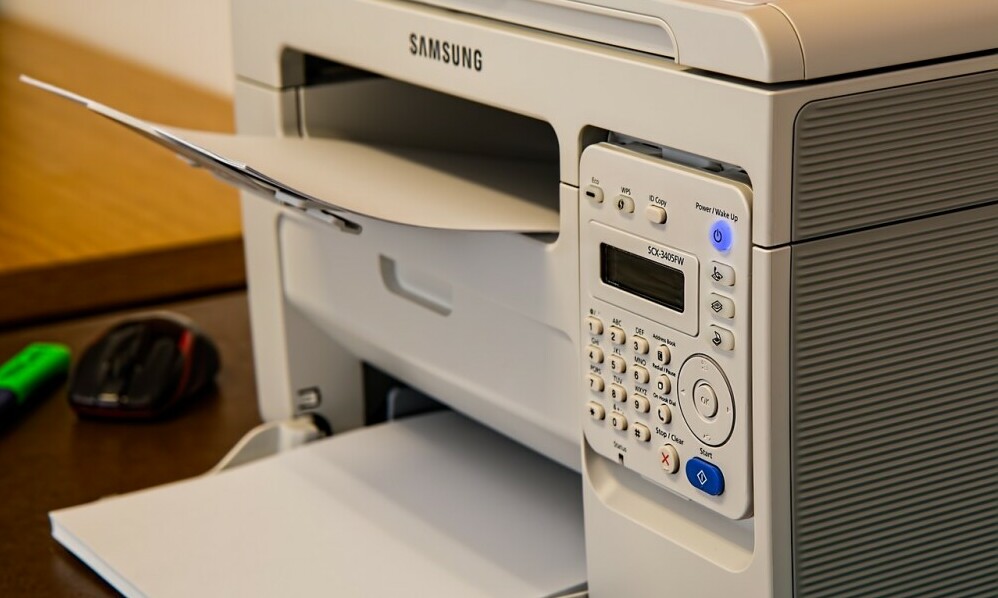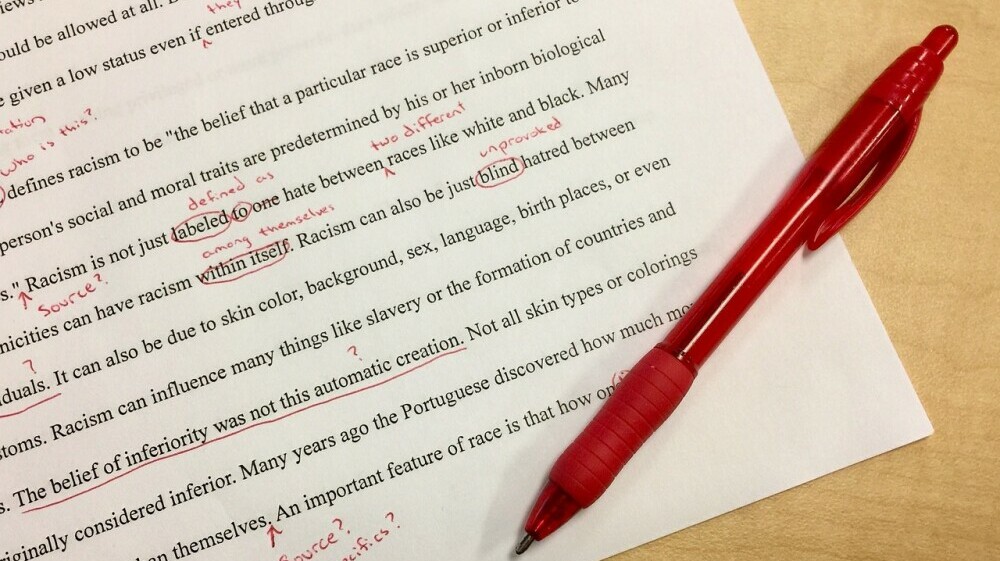Proofreading is an essential skill for anyone who writes, whether it’s for a blog, an academic paper, or a business proposal. Errors can undermine your credibility and distract your readers. Learning how to proofread your content like a pro can make a significant difference in the quality of your work. Here’s a detailed guide to help you master this crucial skill.
Take a Break Before Proofreading
After writing your content, take a break before you start proofreading. This break allows you to approach your work with fresh eyes and a clear mind. Even a short break of 15-30 minutes can help, but if you have more time, let it sit overnight.
Print It Out

Reading on paper can be more effective than reading on a screen. Print out your document and use a red pen to mark any errors. The different formats can help you see mistakes you might have missed on the screen.
Read Aloud
Reading your content aloud forces you to slow down and consider each word and sentence. It can help you catch awkward phrasing, run-on sentences, and other issues that may be skimmed over when reading silently.
Use a Checklist
Create a proofreading checklist to ensure you don’t miss any common errors. Your checklist might include:
- Spelling mistakes
- Grammar issues
- Punctuation errors
- Consistency in style and tone
- Correct formatting
- Proper use of headings and subheadings
Focus on One Type of Error at a Time
Instead of trying to catch every mistake in one read-through, focus on one type of error at a time. For example, do one pass for spelling, another for grammar, another for punctuation, and so on. This method helps you to be more thorough and less likely to overlook mistakes.
Use Tools Wisely

There are many online tools available to help with proofreading. Tools like Grammarly, Hemingway, and ProWritingAid can catch many errors and suggest improvements. However, don’t rely solely on these tools. They can miss context-specific errors that only a human can catch, like a word spelled correctly but placed wrong.
AI-Assisted Articles
There are just as many AI assistants to assist with writing as editing, maybe more. Any content created by an AI assistant should be proofread carefully. AI-generated content often contains grammatical errors and words and phrases that tend to get overused. If you do not provide accurate information for the AI to work with, you may get unreliable information as well. Therefore, it is best to read your articles before publishing them to make any needed corrections prior to publication.
Check for Consistency
Consistency is key to professional-looking content. Check for consistency in:
- Spelling (American vs. British English)
- Numbers (e.g., spelling out numbers vs. using numerals)
- Capitalization
- Tense
- Style and tone
Pay Attention to Homophones
Homophones are words that sound the same but have different meanings and spellings (e.g., their, there, they’re). These can be tricky because spell checkers won’t catch them. Be extra vigilant with these.
Get a Second Pair of Eyes

Having someone else read your content can provide a fresh perspective and catch mistakes you might have missed. If possible, ask a colleague, friend, or professional editor to review your work.
Review After Revisions
After making changes based on your proofreading, review your content again. Sometimes fixing one error can introduce another, so it’s important to do a final check to ensure everything is correct.
Understand Your Common Mistakes
Keep track of the types of mistakes you frequently make and pay extra attention to those areas. Over time, you’ll become more aware of your weaknesses and can work to improve them.
Practice Regularly
Like any skill, proofreading gets better with practice. The more you do it, the more proficient you’ll become. Make proofreading a regular part of your writing process; over time, you’ll develop a sharper eye for catching errors.
Excellent Proofreading Is Crucial

Proofreading is a critical step in the writing process that ensures your content is polished and professional. By following these tips and techniques, you can proofread your content like a pro and produce high-quality work that reflects your best efforts. Remember, attention to detail is what separates good writing from great writing.
By implementing these strategies, you’ll improve the quality of your content, enhance your credibility, and keep your readers engaged. Happy proofreading!
Stacie Fortson


Hi Stacie
Proofreading is a critical skill for writers of all kinds, from bloggers to academics and business professionals. Taking a break before proofreading your work can greatly enhance your ability to spot errors and improve the overall quality of your writing.
In my experience, even a short break can refresh your perspective, allowing you to catch mistakes that might have been overlooked in the initial writing phase.
I recommend letting your work sit overnight if possible, as this provides an opportunity to approach it with a completely fresh mindset.
Proofreading not only enhances clarity but also preserves your credibility as a writer. How have breaks before proofreading helped you improve your writing, and what strategies do you use to catch errors effectively?
Thank for the interesting and informative read.
Elke
Elke,
Thanks so much for joining the conversation. I agree that proofreading is the basis of creating authority in your niche or business. Using good grammar whether verbal or written is crucial.
When I proofread, I follow the steps provided in my article. Taking the break can be a bit dangerous sometimes, I have a lot going on and sometimes, that 15-30 minutes turns into a day or two, but when I get back into the article, I have a totally fresh set of eyes, and a whole new perspective, and sometimes I make many changes.
Catching errors can be the tricky part, sometimes errors don’t look like errors, so that is when reading out loud comes in super handy. I catch a lot when I read out loud because I analyze the words and punctuation differently.
I hope this is helpful.
Stacie
One of may main issues is proofreading! I never realize that I mahke some mistakes because even if I re-read my self, there are always many mistakes in my articles! And when I realize that I made mistakes, I’m mad. And this is very sad to me because when I write without a computer, I don’t make spelling mistakes. h well… Thanks for sharing these tips!
AngelCE903,
I can totally relate to the self-proofreading issues, if you have another person who can read over your articles prior to publishing, that could also be a great way to catch some of the errors.
Remember to take that 15-30 minute cool-down/rest before proofreading, sometimes I will let an article sit for a few days if I feel it has a lot of errors, time away can be valuable for effective proofreading. Grammarly is another great free tool for assisting with this, and you can upgrade to get even more tips.
I wish you all the best with successfully proofreading your articles in the future, I am glad I was able to provide some helpful tips today.
Stacie
Hello. I think that proofreading is something that not enough people are talking about. It really makes you look bad if you have grammatical errors and if you have improper spelling. And that really can affect people’s impression of you and your business. So you provided some great tips here.
Jake,
I am glad you found my article on proofreading helpful!
I agree that proofreading is beginning to be an overlooked final step in writing articles these days. Grammatical errors and improper use of words like ‘your and you’re, hear and here’, look very bad on a website, and you would question the author/website.
Even when AI is used to assist with writing your article, you should be proofreading the provided material. I have used AI and found a few errors with word usage and other issues as well.
Proofreading IS crucial for publishing quality content.
Stacie
Thanks for sharing these practical proofreading tips!
I found your insights on taking breaks and reading content aloud especially helpful. In my experience, stepping away from a piece before proofreading has made a significant difference in spotting errors and improving overall clarity.
I also appreciate your mention of using tools like Grammarly; they can be a great starting point, but I’ve learned that they can’t replace a careful manual review. It’s so easy to overlook nuances that only a human eye can catch.
Do you have any specific strategies for proofreading longer pieces, like articles or reports? I often struggle with maintaining focus throughout lengthy content, and any tips would be greatly appreciated!
Regards
Aris
Aris,
I totally understand the struggle with proofreading longer pieces. I do have some tricks, I hope you find them helpful.
You can divide the document into smaller sections and tackle the majority of errors. Make sure to set aside time to avoid rushing through the proofreading. To stay focused, outline the specific areas you want to focus on, such as grammar, punctuation, and spelling. Read backward, this technique can help you focus on individual words and catch spelling errors. Check for accuracy by verifying facts, figures, and citations for correctness. And last but not least, for critical documents, you could consider hiring a professional proofreader.
With these additional tips, I think you could tackle proofreading like a pro for sure!
Stacie